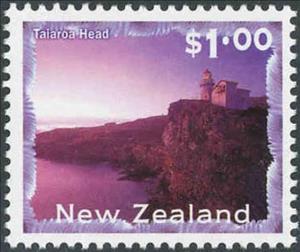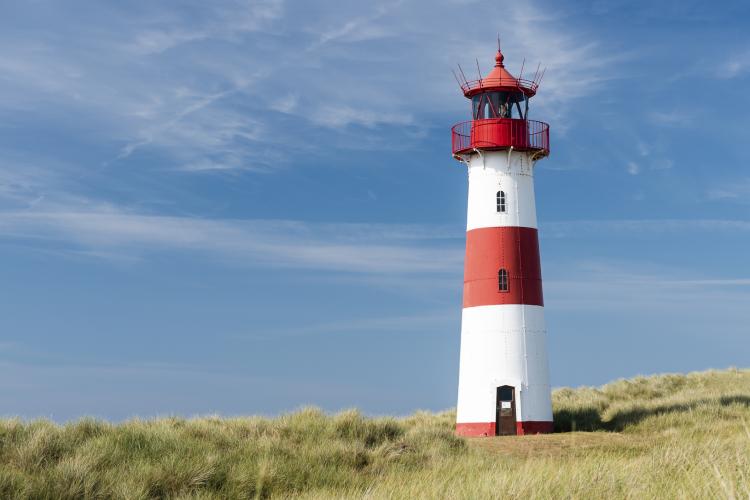Stamp: Taiaroa Head (New Zealand 2000)
Taiaroa Head (New Zealand 2000)
06 March (New Zealand ) within release Scenery goes into circulation Stamp Taiaroa Head face value 1 New Zealand dollar
| Stamp Taiaroa Head in catalogues | |
|---|---|
| Yvert et Tellier: | Yt:NZ 1749 |
| Stanley Gibbons: | Sg:NZ 1934b |
Stamp is horizontal format.
Also in the issue Scenery:
- Stamp - Kaikoura Coast face value 1.10;
- Stamp - Taiaroa Head face value 1;
- Stamp - Cape Kidnappers face value 3;
- Stamp - Great Barrier Island face value 2;
|
Data entry completed
83%
|
|
|---|---|
| Stamp Taiaroa Head in digits | |
| Country: | New Zealand |
| Date: | 2000-03-06 |
| Size: | 30 x 25 |
| Perforation: | comb 13½ |
| Format: | Stamp |
| Face Value: | 1 New Zealand dollar |
Stamp Taiaroa Head it reflects the thematic directions:
A landscape is the visible features of an area of land, its landforms and how they integrate with natural or man-made features. A landscape includes the physical elements of geophysically defined landforms such as (ice-capped) mountains, hills, water bodies such as rivers, lakes, ponds and the sea, living elements of land cover including indigenous vegetation, human elements including different forms of land use, buildings and structures, and transitory elements such as lighting and weather conditions. Combining both their physical origins and the cultural overlay of human presence, often created over millennia, landscapes reflect a living synthesis of people and place that is vital to local and national identity. The character of a landscape helps define the self-image of the people who inhabit it and a sense of place that differentiates one region from other regions. It is the dynamic backdrop to people’s lives. Landscape can be as varied as farmland, a landscape park, or wilderness. The earth has a vast range of landscapes, including the icy landscapes of polar regions, mountainous landscapes, vast arid desert landscapes, islands and coastal landscapes, densely forested or wooded landscapes including past boreal forests and tropical rainforests, and agricultural landscapes of temperate and tropical regions.
A lighthouse is a tower, building, or other type of structure designed to emit light from a system of lamps and lenses, and to serve as a navigational aid for maritime pilots at sea or on inland waterways. Lighthouses mark dangerous coastlines, hazardous shoals, reefs, and safe entries to harbors, and can assist in aerial navigation. Once widely used, the number of operational lighthouses has declined due to the expense of maintenance and use of electronic navigational systems.
Coastal areas are local administrative units (LAUs) that are bordering or close to a coastline. A coastline is defined as the line where land and water surfaces meet (border each other).



